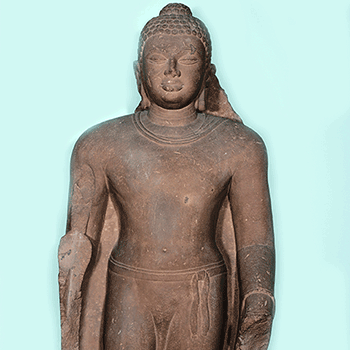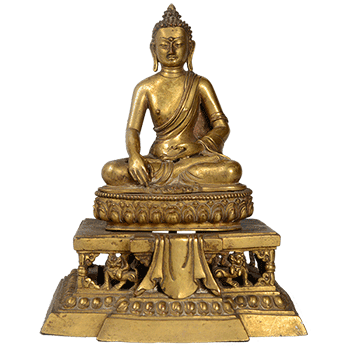This sculpture of Surya, the Sun God was made around the 13th century during the rule of the Eastern Ganga Dynasty. It is now located at the National Museum, Delhi in the Archaeology Section. The cult of Surya was founded at the site by Narasimha I as part of the Eastern Ganga Dynasty (1238-1264 CE).
























